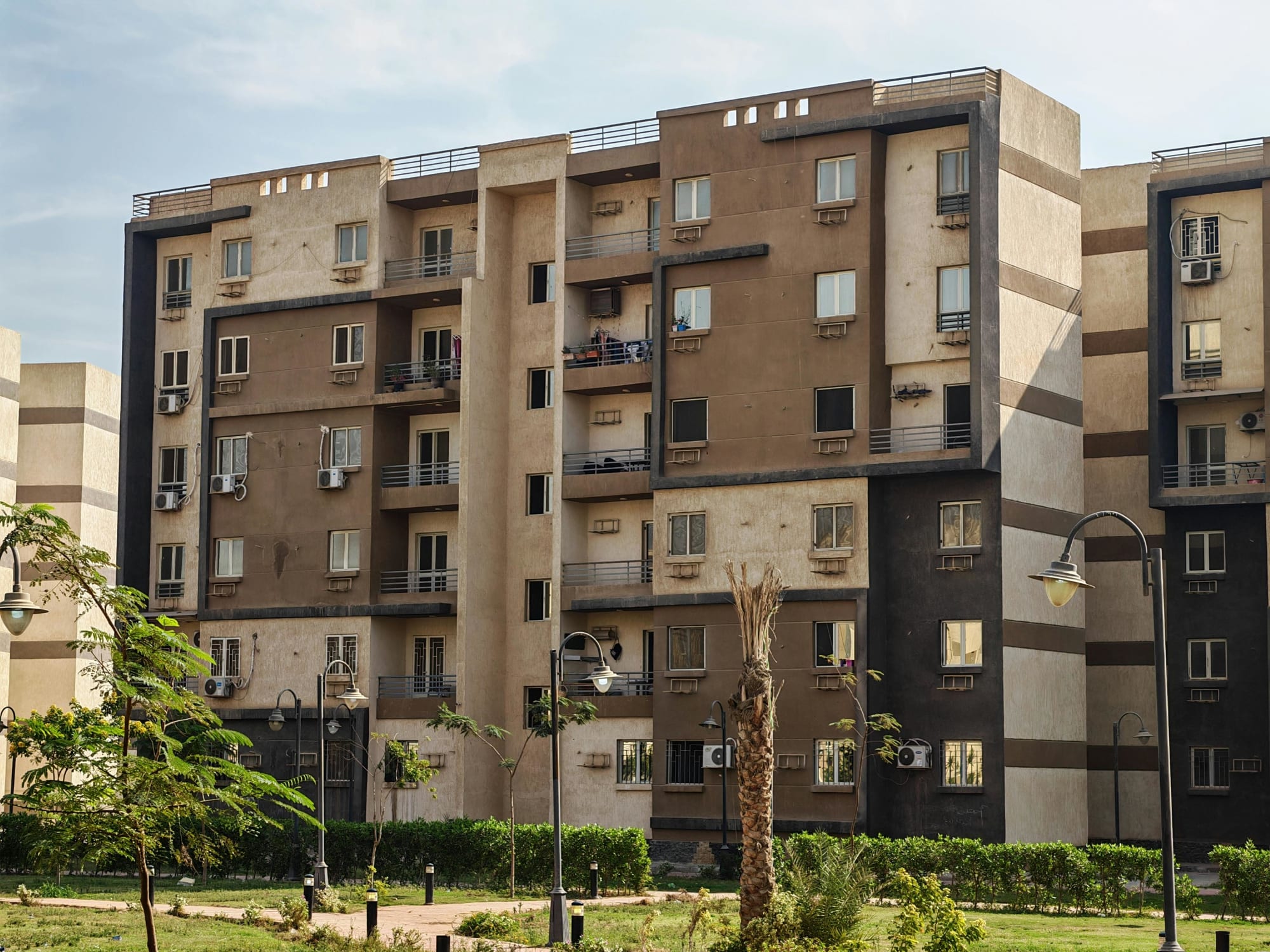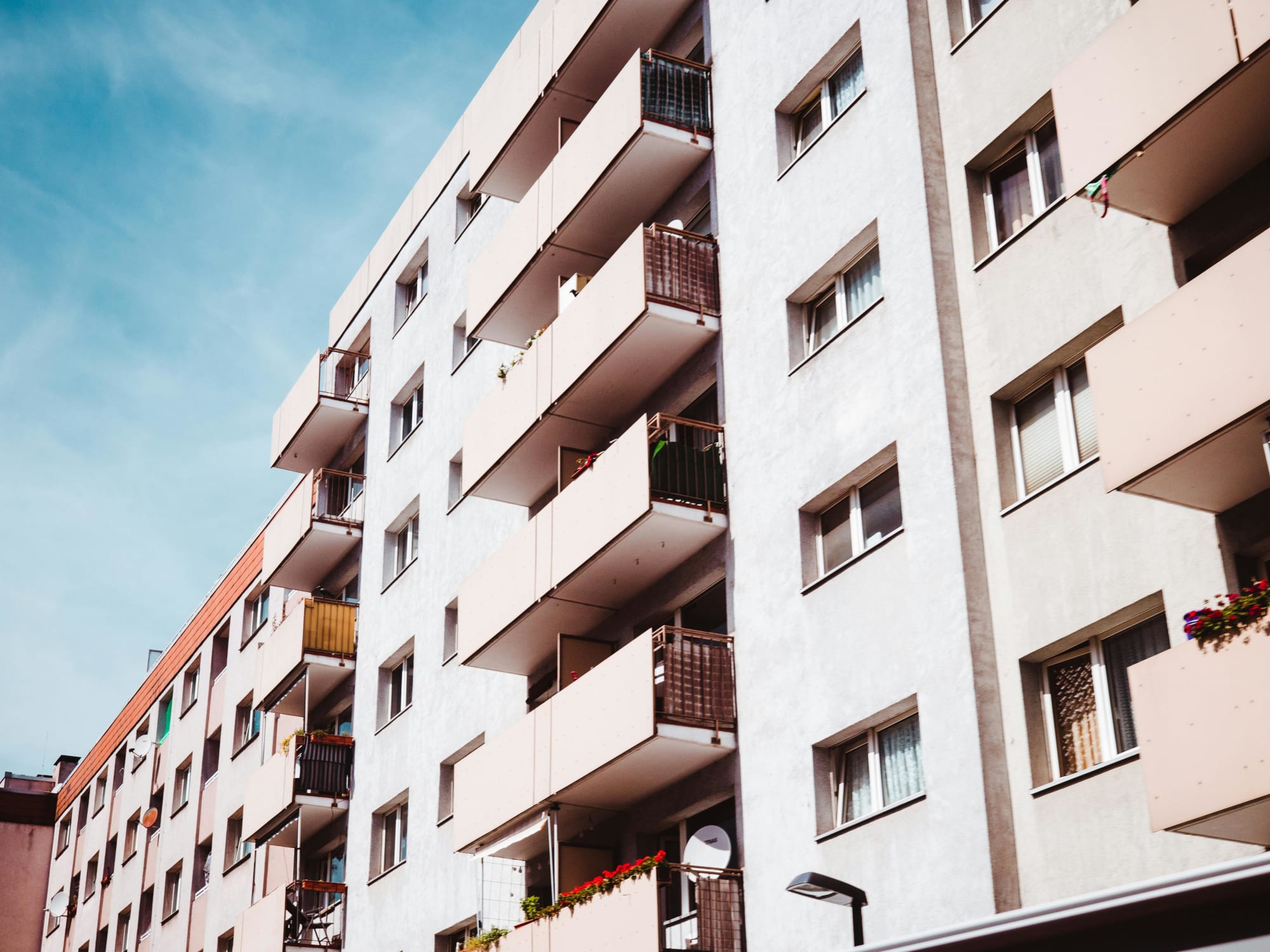Invest
More than 1,000 multi-millionaires call Sydney home
Nearly 500 ultra-high-net-worth individuals call Sydney their second-home, brushing shoulders with the 570 who live in the sunny city full-time.
More than 1,000 multi-millionaires call Sydney home
Nearly 500 ultra-high-net-worth individuals call Sydney their second-home, brushing shoulders with the 570 who live in the sunny city full-time.

According to the latest Wealth-X ultra-high-net-worth individuals (UHNWI) cities census, Sydney is home to 1,048 UHNWIs. However, this group – worth at least US$30 million each – may have homes in other cities as well.
According to Wealth-X, “Most geographic analyses of the UHNWI population use the primary business, or ‘primary’ residential address, as a sole indicator to categorise the geographic breakdown of the individuals.
“While this approach provides an accurate assessment of population, it does not account for the fact that ultra-wealthy individuals often have multiple homes and business interests in multiple locations.”
As such, Wealth-X’s methodology includes all residential addresses of these individuals.

New York tops the list of cities where UHNWIs own homes, with 14,574 individuals, followed by London (9,301), Los Angeles (8,272) and Hong Kong (8,009).
Sydney slid into 20th position on the list, ahead of Monaco (686 UHNWIs), Dubai (552) and Beijing (997).
However, as the only Australia city to enter the list, Sydney was beat out by Paris (4,663) Toronto (2,021), Chicago (3,896) and Milan (1,731).
Mumbai (422) and New Delhi (305) have the least out of the list.
Breaking it down by density the story, unsurprisingly, changes.
Monaco, historic home to Grace Kelly and Roger Moore has just 56 residents to each UHNWI, followed by Geneva, with 221 residents to every UHNWI.
Sydney falls down two spots when measuring by UHNW density, with 4,790 residents to each UHNWI.
However, the densely populated cities of Mumbai and New Delhi means there are 50,249 and 62,438 people respectively to the growing number of UHNWIs in those cities.
The Dharavi slum in Mumbai is the second-largest slum in Asia, with an estimated population of 1 million people.
Meanwhile, the toxic Delhi smog in November saw air remain at “hazardous” levels for a week and, according to pulmonary disease specialist JC Suri, hurt the homeless and slum dwellers the most.
He told Reuters, “At these high levels, even the healthy are affected. The homeless and those on the streets are the most vulnerable, as they are not very healthy to begin with.
“They are exposed to construction dust, vehicle exhaust on a daily basis, and at this time of year, it gets worse.”
According to an Oxfam report published this year, eight men possess the same wealth as the poorest 3.6 billion people together.
To economist Dr Falko Paetzold of the Group for Sustainability and Technology, this disparity is “extreme” but also represents an opportunity to promote a “social and fair capitalism”.
Speaking earlier this year, Dr Paetzold said, “Private assets should become a key factor in sustainable development.”
Calling on private investors with assets worth more than $50 million to invest in sustainable practices, Dr Paetzold said, “Around 100 trillion Swiss francs – over half of global wealth – is held by significantly fewer than 1 per cent of the population.
“Imagine what could be achieved if this 1 per cent were to invest its capital in such a way as to combat poverty or climate change at the same time.”
However, he said charity was not the only solution. He noted that the promotion of fair supply chains, “scalable health solutions” and sustainable energy can be fuelled through sustainable investment.
Dr Paetzold said, “I am talking about sustainable investment as the wide spectrum of investments available today that have a business case, investments that generate returns both for the investor and for society.
“You can invest in companies that will use that capital to actively develop solutions to the challenges we face – and that are financially worthwhile.”
While the very wealthy are “very much” interested in the topic, Mr Paetzold said that despite nine out of 10 UHNWIs expressing interest in sustainable investments, just one out of 10 is “actually investing that way”.
Mr Paetzold said there is “enormous potential” for investors in terms of not only capital but also for their companies, their shareholders, their “position in society” and in their relationships.

Property
ANZ’s mortgage growth, profit slump: why volume without margin won’t pay the dividends
ANZ lifted home-lending volumes, yet profits fell under the weight of regulatory and restructuring costs—an object lesson in the futility of growth that doesn’t convert to margin and productivityRead more

Property
Rate pause, busy summer: where smart capital wins in Australia’s property market
With the Reserve Bank holding rates steady, the summer selling season arrives with rare predictability. Liquidity will lift, serviceability stops getting worse, and sentiment stabilises. The ...Read more

Property
The 2026 Suburb Thesis: A case study in turning trend lists into investable strategy
A new crop of ‘suburbs to watch’ is hitting headlines, but translating shortlist hype into bottom-line results requires more than a map and a mood. This case study shows how a disciplined, data-led ...Read more

Property
From signals to settlements: A case study in turning property insight into investable action
Investor confidence is rebuilding, first-home buyers are edging back, and governments are pushing supply — yet most property players still struggle to convert signals into decisive movesRead more

Property
Australia’s rental choke point: why record-low vacancies are now a boardroom issue
A tightening rental market is no longer just a housing story—it’s a macro risk, a labour challenge and a strategic opening for capital. With vacancies near historic lows and rents still rising, ...Read more

Property
Rents are rewriting the inflation playbook: what record‑low vacancies mean for Australian business
Australia’s rental market is so tight that housing costs are now a primary transmission channel for inflation and interest rates. This isn’t just a property story; it’s a business risk story—affecting ...Read more

Property
Off-market real estate is going mainstream — and changing the rules of dealmaking
With public listings tight and sales still climbing, Australia’s investors are shifting to off-market channels that reward speed, networks and data advantage. The playbook is closer to private equity ...Read more

Property
Australia’s rental squeeze is now a business problem: inflation, capacity and the new growth calculus
Record-low rental vacancies are no longer just a social headline – they’re reshaping cost structures, wage dynamics and capital allocation across corporate Australia. With economists warning of a ...Read more

Property
ANZ’s mortgage growth, profit slump: why volume without margin won’t pay the dividends
ANZ lifted home-lending volumes, yet profits fell under the weight of regulatory and restructuring costs—an object lesson in the futility of growth that doesn’t convert to margin and productivityRead more

Property
Rate pause, busy summer: where smart capital wins in Australia’s property market
With the Reserve Bank holding rates steady, the summer selling season arrives with rare predictability. Liquidity will lift, serviceability stops getting worse, and sentiment stabilises. The ...Read more

Property
The 2026 Suburb Thesis: A case study in turning trend lists into investable strategy
A new crop of ‘suburbs to watch’ is hitting headlines, but translating shortlist hype into bottom-line results requires more than a map and a mood. This case study shows how a disciplined, data-led ...Read more

Property
From signals to settlements: A case study in turning property insight into investable action
Investor confidence is rebuilding, first-home buyers are edging back, and governments are pushing supply — yet most property players still struggle to convert signals into decisive movesRead more

Property
Australia’s rental choke point: why record-low vacancies are now a boardroom issue
A tightening rental market is no longer just a housing story—it’s a macro risk, a labour challenge and a strategic opening for capital. With vacancies near historic lows and rents still rising, ...Read more

Property
Rents are rewriting the inflation playbook: what record‑low vacancies mean for Australian business
Australia’s rental market is so tight that housing costs are now a primary transmission channel for inflation and interest rates. This isn’t just a property story; it’s a business risk story—affecting ...Read more

Property
Off-market real estate is going mainstream — and changing the rules of dealmaking
With public listings tight and sales still climbing, Australia’s investors are shifting to off-market channels that reward speed, networks and data advantage. The playbook is closer to private equity ...Read more

Property
Australia’s rental squeeze is now a business problem: inflation, capacity and the new growth calculus
Record-low rental vacancies are no longer just a social headline – they’re reshaping cost structures, wage dynamics and capital allocation across corporate Australia. With economists warning of a ...Read more








